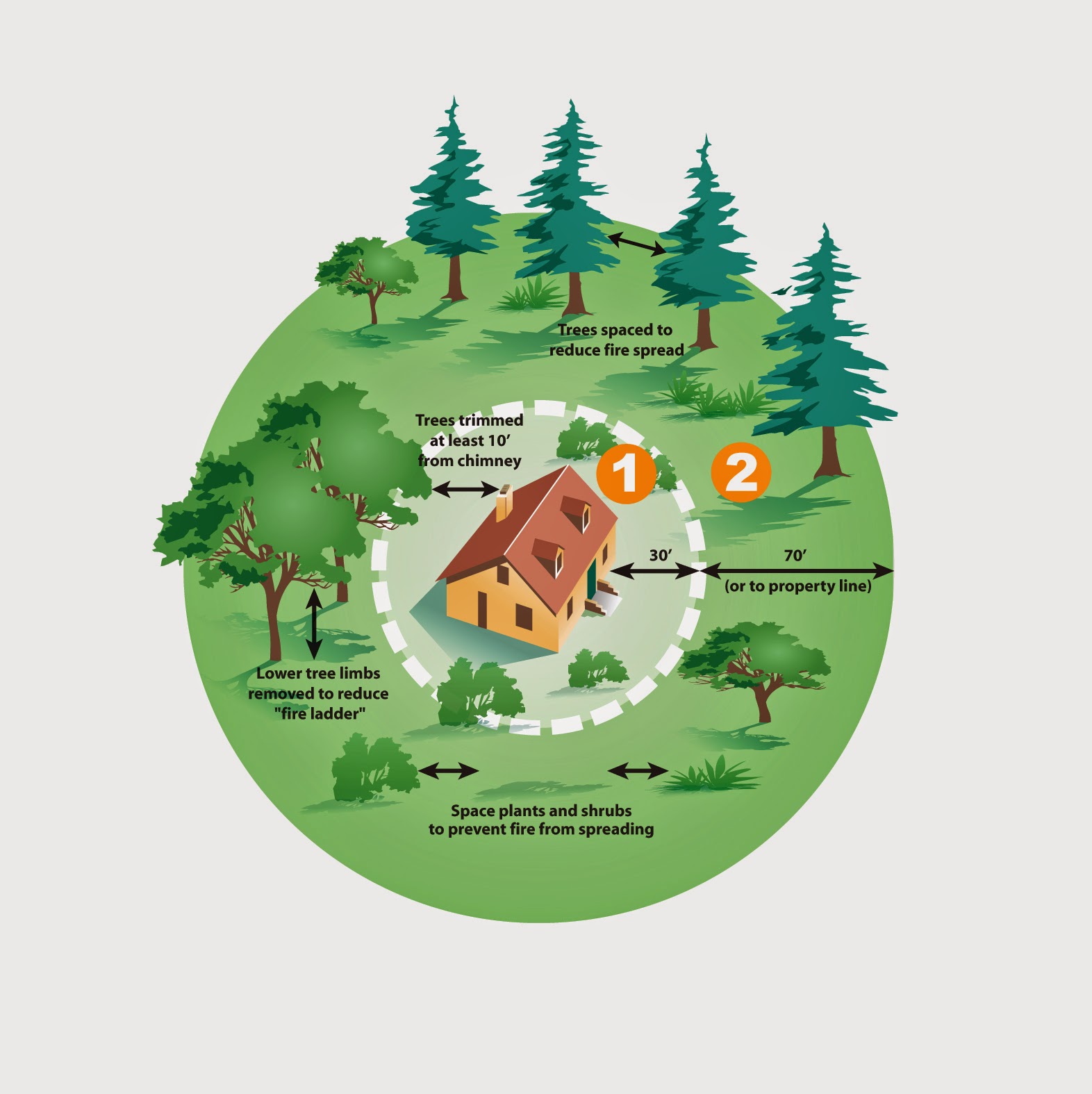
Photo: Anna Shvets, pixels.com
As many gardeners inherently know….though often considered
very hard work….gardening is also therapy. From the therapeutic aspects of
physically digging and tending a garden….to the mental, emotional, and even
spiritual space gardening allows our souls to explore our internal and external
world more deeply. This connection is actually supported by a great deal of
scientific evidence as to how gardening or “green therapy” benefits our health
in a variety of dimensions.
As a horticultural therapist, not only to do I love to
garden personally, but I have the immense pleasure of watching how gardening
has a profound impact on my patients and clients on a regular basis. I’ve worked
with all ages, some with a disability (cognitive and/or physical), some who are
life-long gardeners and some who have never had any interest in tending a
garden. What’s especially interesting to me in my work is how the benefits of
garden-based therapy benefit everyone, regardless of their skill or interest
level. It is easy for me to see the theory of biophilia in action in every
case. There is an increasingly large body of research (Thompson, R., “Gardening
for Health”) in support of positive outcomes for integrating some level of
green therapy into our lives. The most important aspect is truly just being in,
around, or exposed to greenery and it’s increasingly beneficial when our skin
comes into physical contact with plants and the soil! Research highlights
health benefits including lowered blood pressure, lower cortisol levels,
increased nutritional intake, decrease in reported depression and other mood
disorders, and even lowered levels of needed medications for many chronic
illnesses!
Taking time and space to dig in our gardens….both in nature
and within our souls is always time and effort well-invested. Wishing you a
bountiful harvest with both this season!!
Further Reading:
· The Well-Gardened Mind, by Sue
Stuart-Smith
· Seedtime and Harvest: How Gardens Grow Roots,
Connection, Wholeness, and Hope, by Christine Purifoy
Source: Thompson R. “Gardening for health: a regular
dose of gardening.” Clin Med (Lond). 2018 Jun;18(3):201-205. doi:
10.7861/clinmedicine.18-3-201. PMID: 29858428; PMCID: PMC6334070 Accessed: May
23, 2024, https://www.ncbi.nlm.nih.gov/pmc/articles/PMC6334070/














